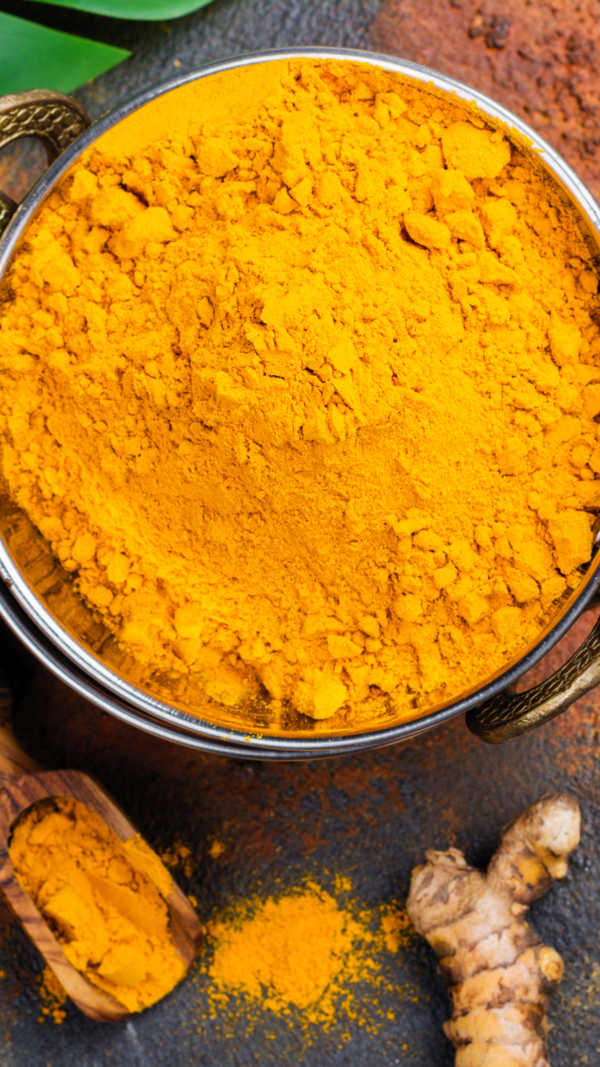- News
- World News
- Middle East News
- As Syria’s 'human slaughterhouse' prisons empty, families search for missing inmates
Trending
As Syria’s 'human slaughterhouse' prisons empty, families search for missing inmates
Rebels liberated Saydnaya prison near Damascus, freeing thousands of prisoners. Families rushed to the notorious facility, searching for missing loved ones. The prison, infamous for its brutality under the Assad regime, held an estimated 20,000 prisoners, with thousands more missing across Syria. The liberation marks a significant moment in the regime's collapse.

By Sunday, the facility near Damascus transformed from a place of silence to one filled with voices of families searching for their missing relatives, as guards had abandoned their posts and the doors stood open, Washington Post reported.
Social media footage revealed families approaching the prison, previously known for its brutality, desperately seeking information about their disappeared loved ones, hoping to either reunite with them or confirm their fate.
‘A number not a name’: In Syria, freed prisoners recall horrors of the past
As rebels swiftly advanced and captured Damascus early Sunday, prison security personnel deserted facilities nationwide. The Syrian population now awaits news about the fate of over 100,000 missing detainees.
Television broadcasts across Syria showed the previously hidden interiors of government detention centres. Footage captured released prisoners, visibly weakened and often without shoes, making their way to freedom.
According to Amnesty International, Sednaya once housed up to 20,000 prisoners. Former detainees reported numerous executions and deaths from neglect, with guards enforcing strict silence as prisoners rested on blood and sweat-covered stone floors under insect-ridden covers.
Diab Serriya, who previously experienced detention at Sednaya and co-founded the Association of Detainees and the Missing in Sednaya Prison, reported that approximately 8,000 relatives were searching cells while civil defence workers attempted to access underground chambers.
"Some of the rebels are trying to organize the search, but until now there are no proper lists," Serriya said.
The White Helmets deployed five teams to Sednaya to examine concealed underground cells where survivors indicate continued occupation. The teams include specialists in wall breaching, door opening experts, trained dogs and medical personnel, guided by someone familiar with the prison layout.
As rebels advanced across Syria, they liberated government detention facilities. Human rights organisations report that government forces had detained hundreds of thousands in camps where torture was widespread.
Hayat Tahrir al-Sham (HTS) announced freeing over 3,500 inmates from Homs Military Prison on Saturday. By Sunday, they declared the end of oppression at Saydnaya prison, a facility synonymous with Assad-era brutality.
ADMSP's 2022 report described Saydnaya as a "death camp" post-2011, estimating over 30,000 deaths from executions, torture, medical neglect and starvation between 2011-2018, with at least 500 more executions through 2021.
Amnesty International's 2017 report called Saydnaya a "human slaughterhouse", alleging government-sanctioned executions. The regime denied these claims, maintaining proper legal procedures.
A Syrian human rights organisation estimates over 130,000 detentions since 2011. The fear of Syrian prisons extended into Lebanon during Damascus's influence there.
The liberation of these facilities, releasing thousands of prisoners, marks a significant moment in the Assad regime's collapse.

About the Author
TOI World DeskEnd of Article
FOLLOW US ON SOCIAL MEDIA









